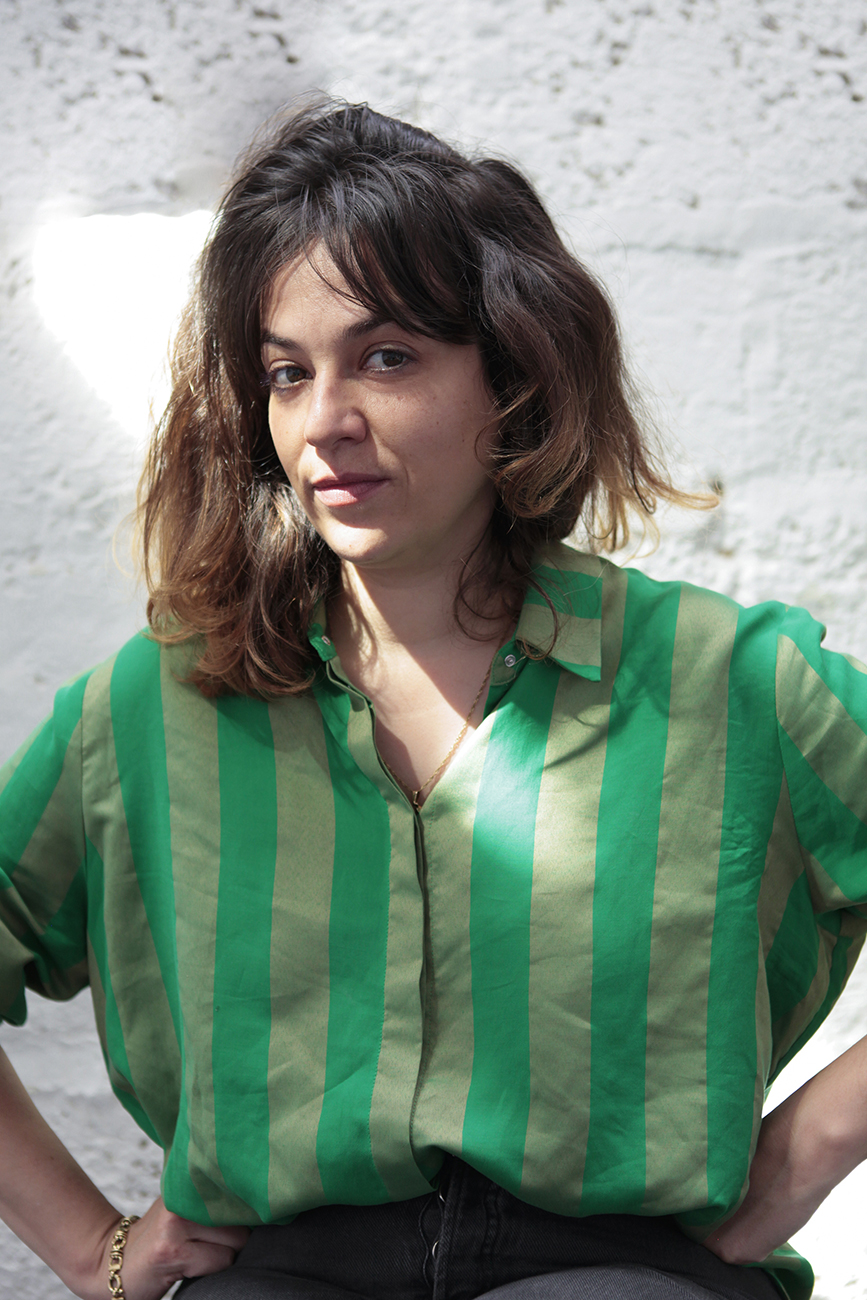
Mélissa
Boucher Morales
Digital photography
Mélissa Boucher Morales Franco-Bolivian, born in 1986.
Mélissa studied in Patrick Tosani's studio at the Beaux-Arts de Paris, graduating in 2013. She is a member of the Le Houloc collective workshop in Aubervilliers, collaborates with various organizations as an artist-in-residence and has been represented by Galerie Jocelyn Wolff since June 2024.
She has exhibited in photographic festivals such as Circulation(s), les Boutographies and ManifestO, in group shows at art galleries such as Triple V, Chez Valentin and Les Bains Douches in Alençon, and in art centers such as the MMA Museum in Moscow, the Maison des Arts in Malakoff and Credac.
Mélissa experiments with the possibilities and limits of the image. What she loves about photography is its ambiguity, its multiple possibilities for evocation and projection. Her images are a way of questioning the transitory. They often explore forms and notions linked to the representation of the intimate, with a recurring focus on gesture. She is interested in sideways and turning angles, in the presence of seemingly secondary objects or forms that open up a playground between documentary and fiction. Ultimately, her images often exist in dialogue, but also in confrontation or even confusion with other genres and media, such as cinema or literature.
"The compositions the artist creates in her exhibitions reveal that space is one of her areas of experimentation. Her photographs, with their diverse formats, are like snippets of a score to be recomposed. The intervals between works are just as important as those in which they are superimposed. They suggest a para-cinematographic approach in which the viewer activates his or her own sequences, collecting and arranging scenes as the body and gaze circulate. "(...) Extract from a text by Thomas Fort


